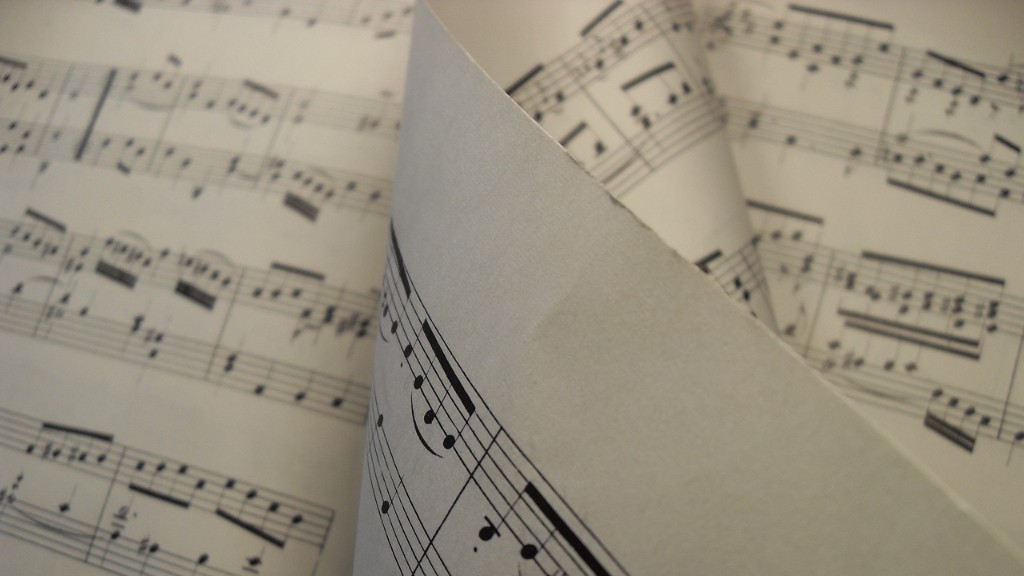Drawing the male body may at first seem intimidating and complex, but with a few basic tips, you can create realistic proportions and poses with ease. When you understand the core elements of drawing the human form, you can focus on depicting what you want to create and bring life to your draws.
To draw the male body, start by breaking down the body into basic shapes and forms, like cylinders, spheres and cubes. This will help you develop realistic proportions that make up the body. Start with the torso, and use the arms and legs to establish major angles, such as the pelvis, shoulders and head. Use the guidelines to correct mistakes and adjust your drawings as you go along.
When it comes to drawing the male body from a side view, the key is to understand the different proportions of the body, such as the leg, arms and torso. Most of the work comes from drawing the chest and shoulder area as the core forms and shapes will give the body its overall structure. Take your time and avoid making the shapes too complex. Each part of the body should fit together like a puzzle.
It’s also important to create shadows and highlights to give more life and dimension to your drawing. To do this, you’ll need to understand the core shapes of the body. Start by noting the areas of darkness and the areas that are hit by the light. Use basic shadow shapes such as cylinders, circles, and cubes to create enhanced shadows that help add depth to your drawing.
Draping clothes on your figure is also essential when it comes to drawing the male body. But the key is to make sure the folds of the clothing are realistic and accurately follow the shape of your drawing. Try to think of the clothing as an inanimate object that follows the motions of your figure. To give the clothing more texture, add small highlight and shadow details, like wrinkles and folds, to create realistic creases and folds.
Having a foundation in anatomy is also crucial when it comes to depicting the male body in a dynamic pose. The muscles, bones and joints are what give the figure its mass, movement, and energy. Study the way muscles and joints work, and focus on how they affect the body’s movement when drawing dynamic poses.
Finally, an important tip when drawing the male body is to draw from life. It always helps to find a willing judge, as it would give you an accurate visual guide for your drawings. Draw as much as you can from life to help elevate your figures from flat to dynamic.
To become a pro at drawing the male body, it’s essential to practice. Start with basic sketches and then progress to complex bodies and poses. It takes patience and learning to gain a professional eye for images, but once you have the basics down, you can become a master at drawing the male body.
When you’re learning to draw people, it helps to focus on the basic shapes of the body, such as cubes, spheres, and cylinders. This will create realistic proportions and help you structure the body correctly. Learn to use the guidelines to adjust your drawings as you go.
Understanding the muscular structure of the body is also an important part of creating believable figures. Learn to recognize the different muscle groups and their various parts such as their movements, size and shape. This knowledge will give your drawings more volume and movement.
Adding texture to clothing, such as wrinkles and folds, will also help make your drawings look more realistic. Take your time with shading and adding highlights to create depth and texture. Think of it as draping fabric or fabric being moved by the body. It also helps to understand lighting and be able to accurately draw the effects of light on different materials.
Finally, it’s important to draw from life. This will give you an accurate visual guide on your drawings. This is especially important when drawing complex poses and positions. Observe the figure and how it moves, and use the information to create realistic mans. This is the only way to truly master drawing the male body.
With these tips, you’ll be able to confidently draw the male body with ease. By understanding the core shapes and structures of the body, as well as adding light, shadow, and clothing details, you can bring life to your drawings. So don’t be afraid to get out your sketchbook and start with the basics to take your drawings to the next level.

